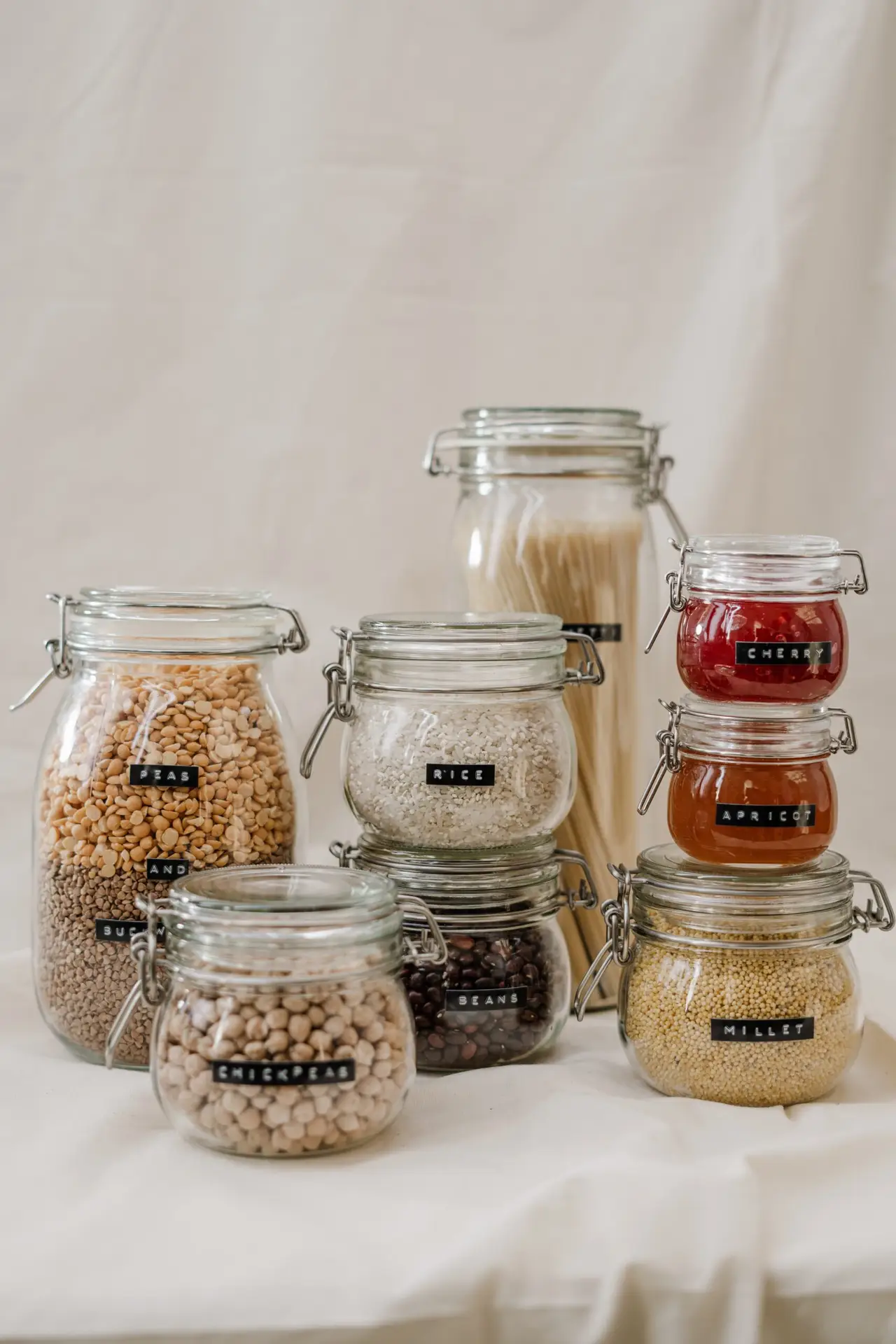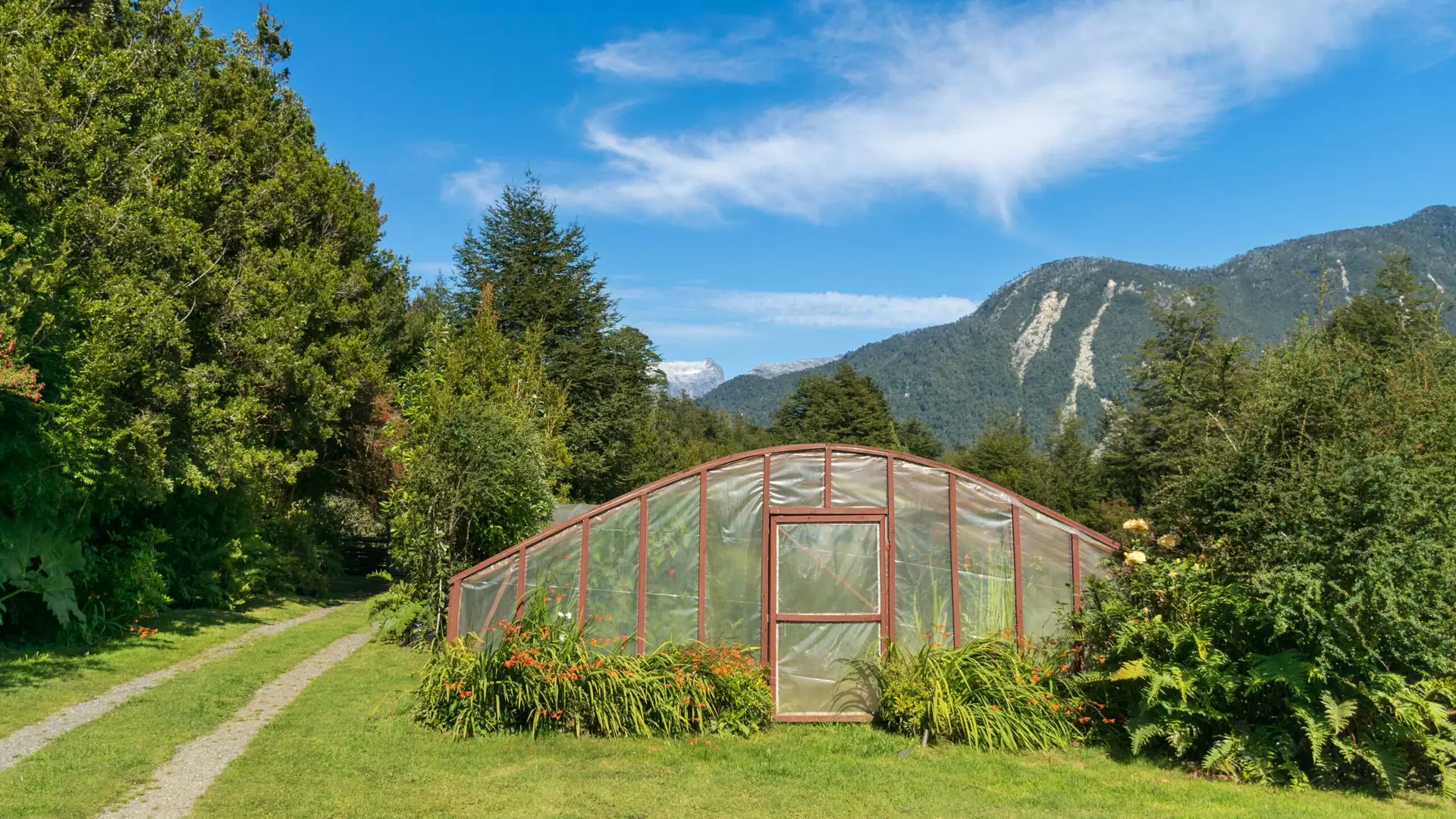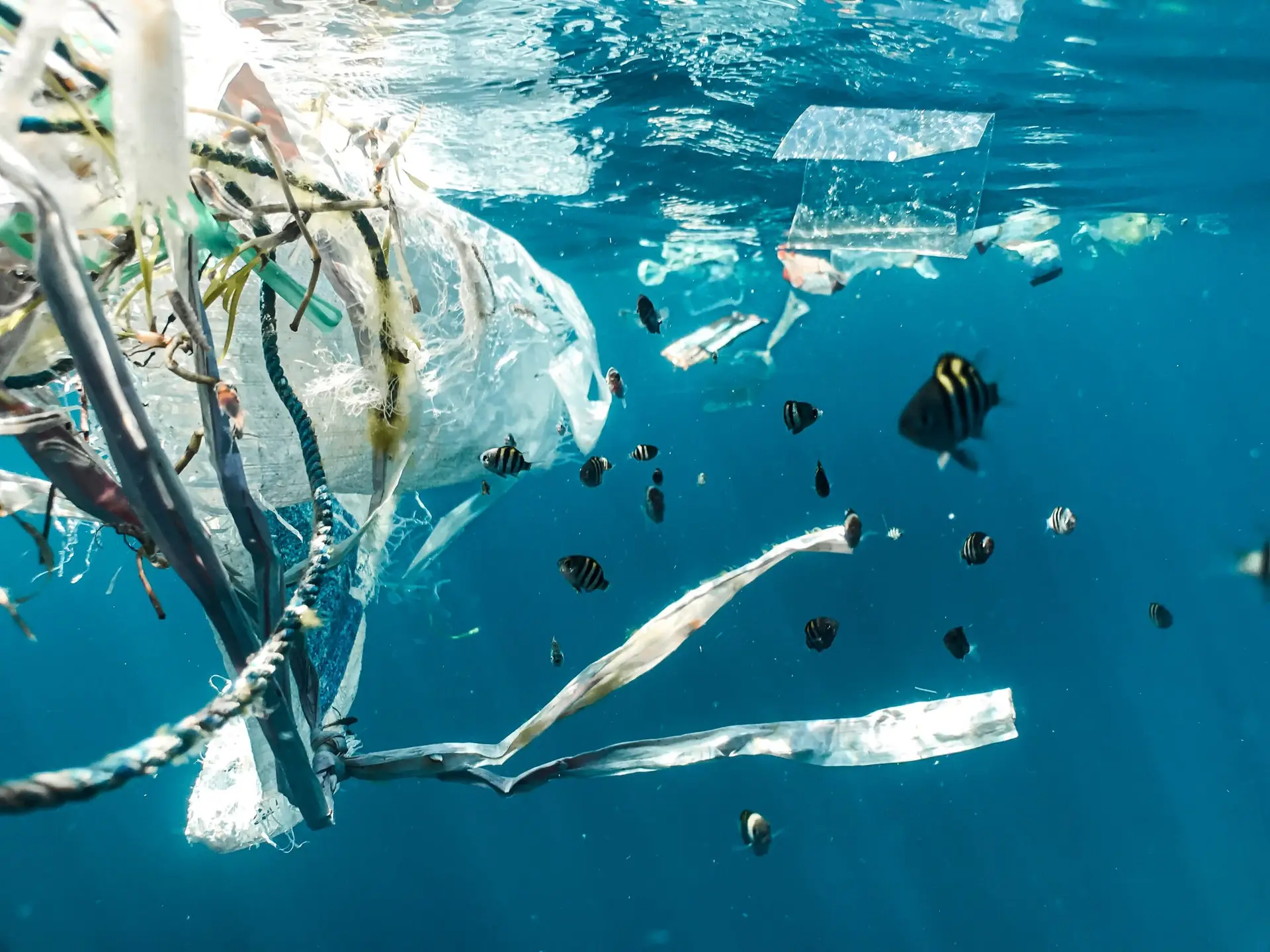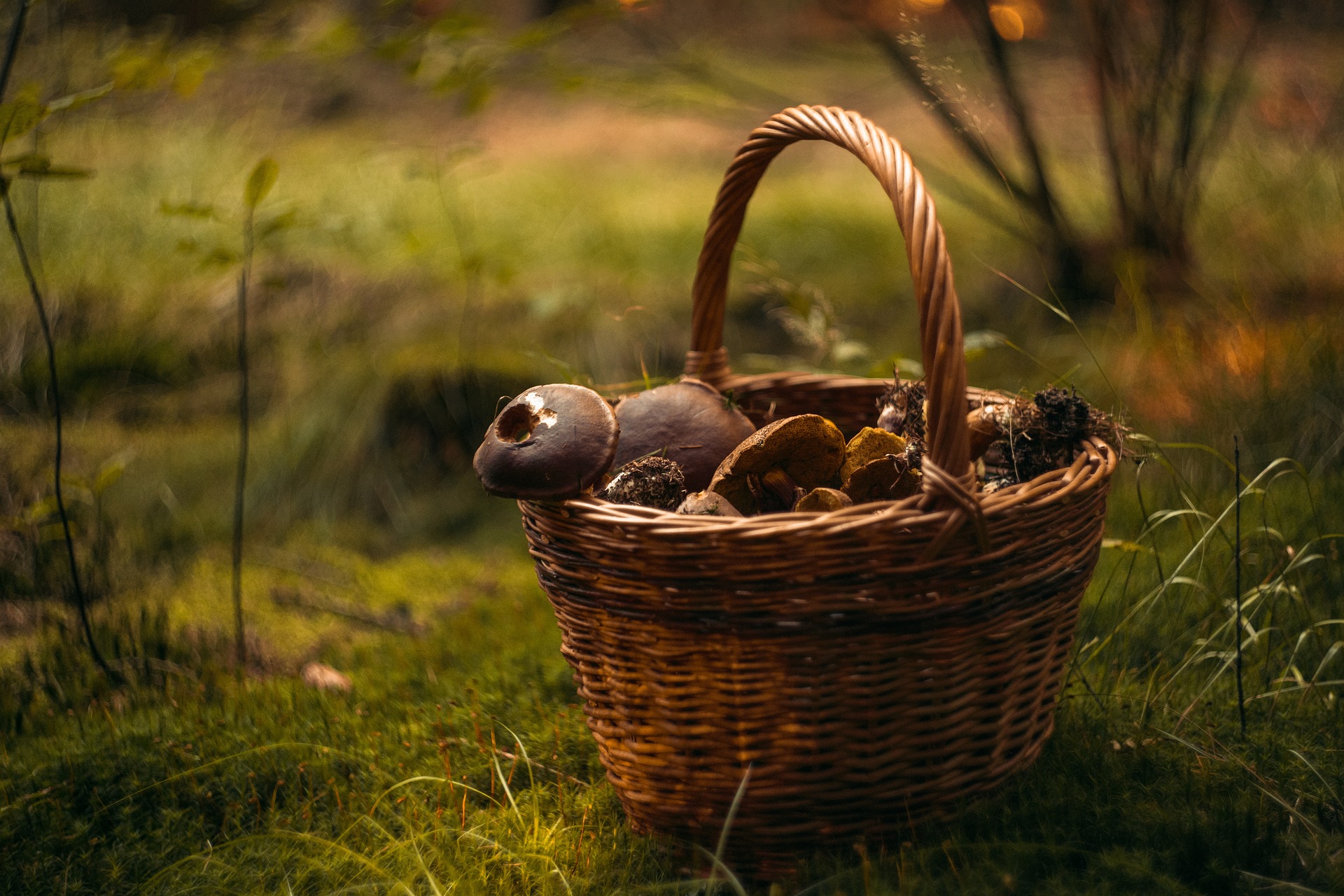When sitting down at the table and looking at the freshly made breakfast, lunch or dinner on our plate, can we truly fully grasp the journey it has taken? Talking from an environmental perspective, just from one glance, would anyone be able to come up with all the steps that had been required to get the ingredients to your kitchen? And what if not only the necessary steps but also the implications and consequences of each step had to be measured? Well, this is when the Life Cycle Assessment comes into play.
There are many aspects to consider when talking about the ecological footprint of foods. This is due to the fact that there is a long process behind the final product, its so-called life cycle. From obtaining the seeds or the raw materials (for processed foods), to farming and the condition the plant or raw materials need to grow, over to harvesting, storing, distributing and transportation, selling and finally preparing the product at home as much as the waste all of these steps cause.
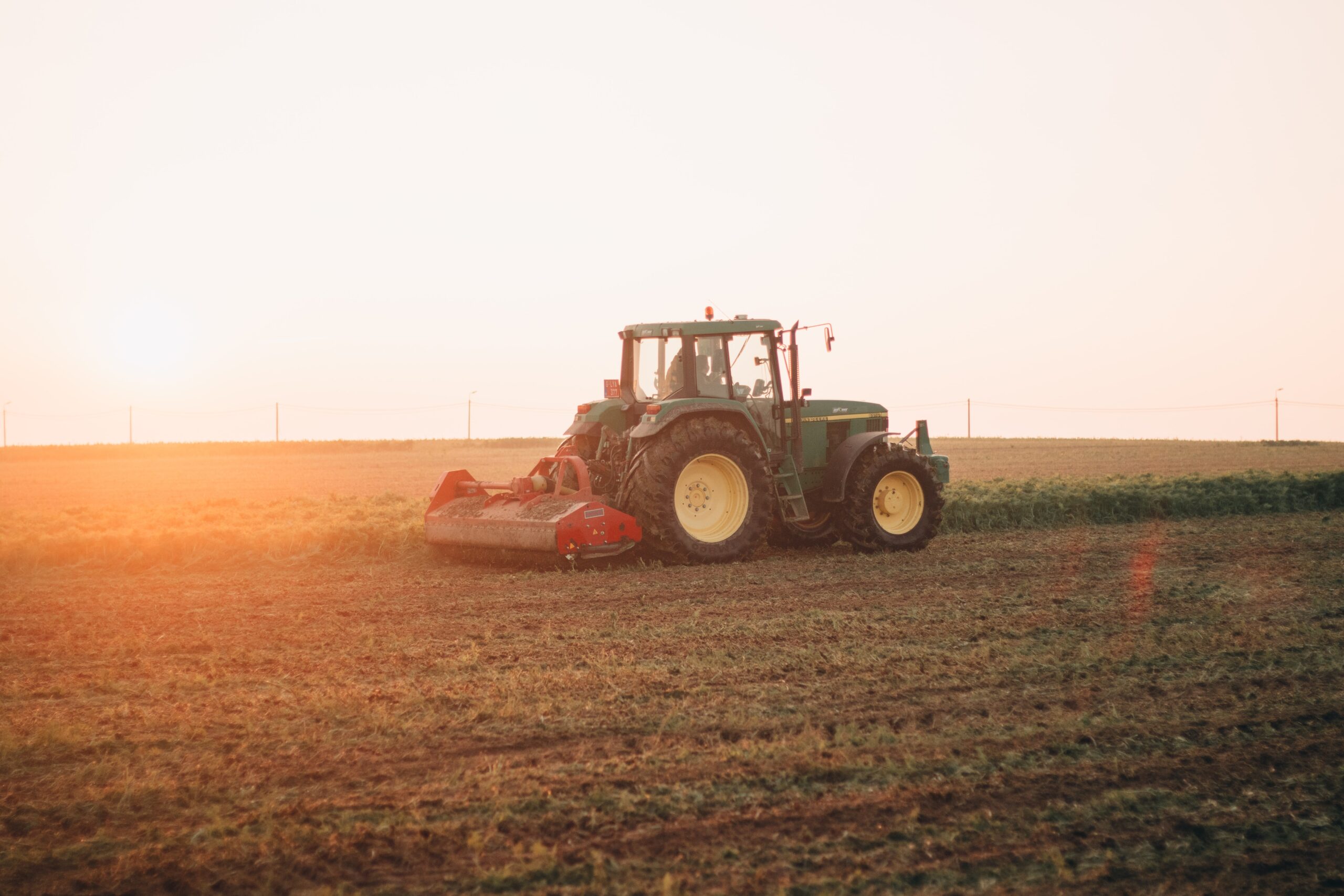
Even though it’s a complex process, there is a reason that makes the evaluation of the sustainability of foods still quite worth it and necessary: the food industry, one of the biggest global industries, consumes huge amounts of energy and resources such as soil, water, etc. At the same time, the human population is increasing and the frequent consumption of meat is spreading over the globe. In order to find ways to deal with the thus resulting increasing demand of food while addressing multiple crises like biodiversity loss, nutrient pollution or rise in temperature, a wholesome and holistic look is required.
The complexity of food production processes ask for a methodology that takes plentiful variables into account when evaluating the environmental load of foods. For both unprocessed and processed, industrial foods, a methodology called Life Cycle Assessment (LCA) has been gaining popularity. LCA is often considered the best of the currently available methods. It has a special eye on the agricultural part of the lifecycle and the findings can help to improve the sustainability of those agricultural processes.
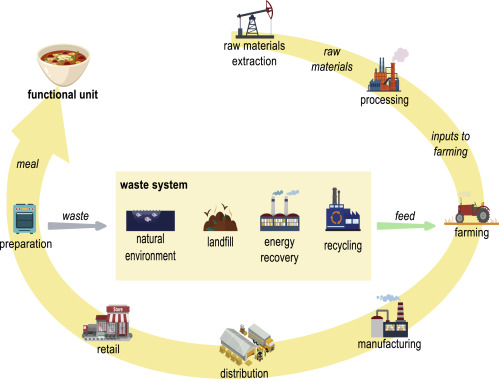
The above graphic shows perfectly how many variables come into play when performing a LCA. However, not all products fulfill each variable to the same extent or at all. Furthermore, a massive change has been seen to many variables over the last decades as well due to the increase in international trade and the progress of globalization.
Let’s take one of the most basic foods in this world as a specific example: bread. Before baking a unit of bread, other ingredients are required, such as wheat flour, water, yeast and salt. These ingredients have to be produced and processed first. Wheat production is not always the same: while organic wheat requires more arable land, non-organic wheat requires more pesticides. Furthermore, wheat must be milled to obtain flour. Next, all the ingredients for the unit of product must be transported to the bread manufacturers where the bread will be made with a lot of energy-input. After baking, the bread must be packaged and then distributed to local supermarkets and other resellers. Now it is the end consumer who will enter the store, buy the bread and take it home, where they will remove the packaging and have the final result of this life cycle in their hands (see graphic).

LCA studies have discovered that the combination of organic produced wheat, industrial milling and large factories for baking is the most supportable way of producing bread when looking for the most sustainable option. In general, LCA studies, cases and reviews have revealed many such conclusions. In general, the methodology aims to identify the most energy and resource intensive part of each studied product cycle (which is most often agriculture) such as the weakness. Those findings then allow for improvements and adjustment of the life cycle of the studied product leading to its better environmental load.
Extensive LCAs also have made possible comparing various types of food and disclosed that the environmental impacts of food differs enormously per 1kg or unit of food evaluated. For example, according to Mogensen et al. 1kg of potatoes need 1.3 MJ (megajoule) of energy in production, while 1kg of chicken meat need 12MJ. In general, the average energy required for 1kg of plant-based products is 10 times lower than that of 1kg meat, although it varies from one type of meat to another.
There are companies that offer sustainability consulting, such as GreenDelta, a consulting company based in Berlin that has developed the free and open source software OpenLCA which can be downloaded online. The leading commercial alternatives are SimaPro, GaBi and Umberto. It must be said, though, that these LCA tools allow assessment of any type of product, not only food products, such as domestic appliances or other electronic devices like smartphones.
For food producers, LCA offers the input needed to eventually take a step to change, to be more precise, LCA makes it easier to understand what to do. Just as stated above, a large, industrial bread manufacturer can already increase their bread LCA score by changing just one variable – obtaining their wheat from organic instead of conventional farming.
On the other hand, for the consumer the LCA score of the overall life cycle are of more interest than the findings for each and every step of the chain. But these findings also need to be made more accessible.
In many European countries, the so-called Nutriscore has been implemented and gets printed on many products. From letters A to E which get printed on the packaging, it shows how nutritious a certain food product really is (e.g. a package of unsalted peanuts usually has the score A, a package of potato crips D or E). As part of a similar campaign for the environmental load of foods, the LCA scores could be printed on food products.
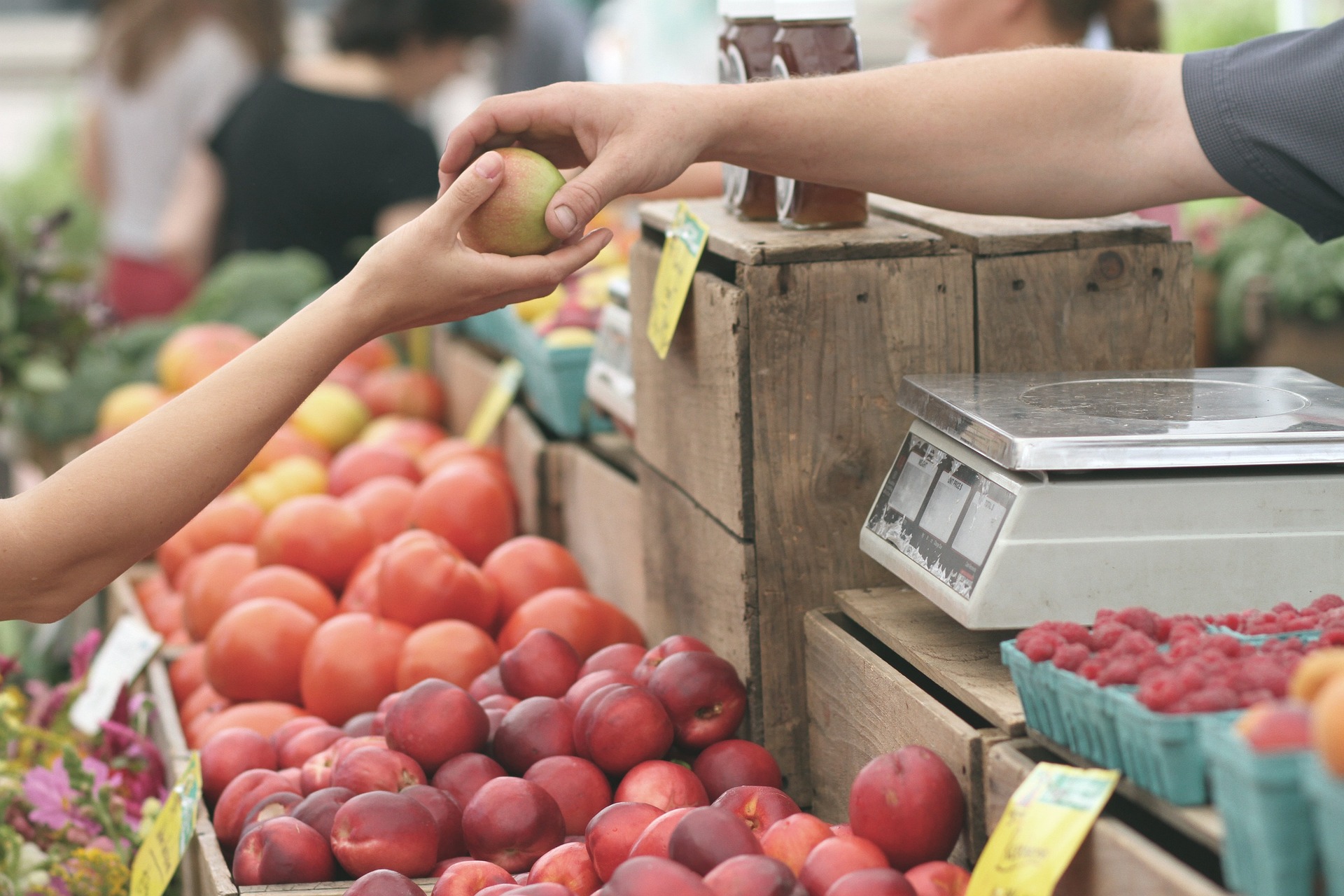
This would allow consumers to actually choose an environmentally-friendly diet and give them more power: following a system that responds to demand with offer, consumers could really give environmental statements just by filling their shopping cart.
References:
- Mogensen, L., Hermansen, J.E., Halberg, N., Dalgaard, R., Vis, J.C., & Smith, B.G. (2012). Life Cycle Assessment across the Food Supply Chain. https://orgprints.org/id/eprint/15610/1/15610.pdf
- Schumacher, Laura; Williams, Ellie (n.d.). Agri-food: how LCA may play a role in the future food system. PRé Sustainability B.V. https://pre-sustainability.com/articles/lca-for-agri-food/
- Stefano Cucurachi, Laura Scherer, Jeroen Guinée, Arnold Tukker (2019). Life Cycle Assessment of Food Systems. One Earth, Volume 1, Issue 3, Pages 292-297. Link: https://www.sciencedirect.com/science/article/pii/S2590332219301289
- Roy, P., Nei, D., Orikasa, T., Xu, Q., Okadome, H., Nakamura, N., & Shiina, T. (2009). A review of life cycle assessment (LCA) on some food products. Journal of Food Engineering, 90, 1-10. https://www.sciencedirect.com/science/article/abs/pii/S0260877408002793
Images from:
https://unsplash.com/es/fotos/li9JfUHQfOY
https://unsplash.com/es/fotos/zTY0RQgqb5g
https://ars.els-cdn.com/content/image/1-s2.0-S2590332219301289-gr1.jpg
https://unsplash.com/es/fotos/rsWZ-P9FbQ4
https://pixabay.com/photos/apples-farmer-s-market-buy-buying-1841132/

